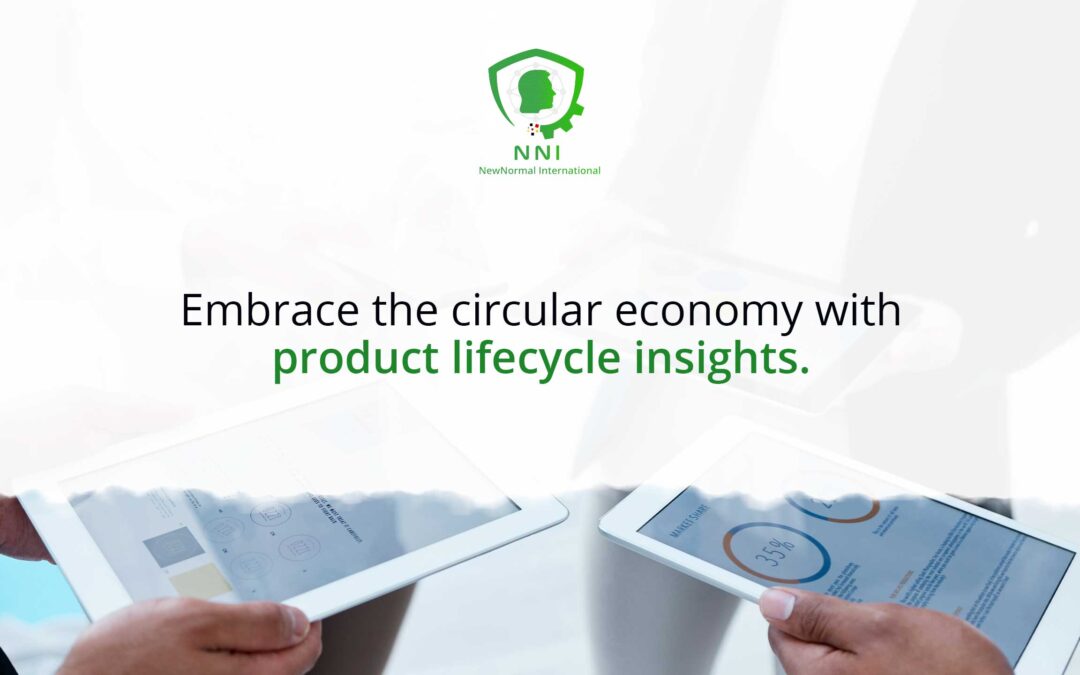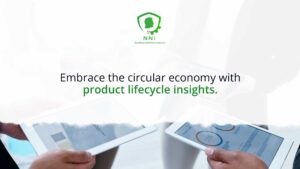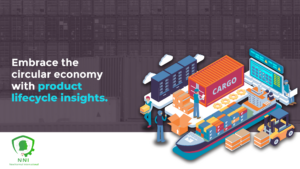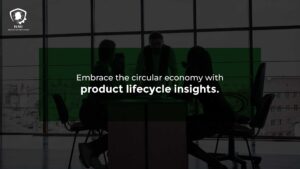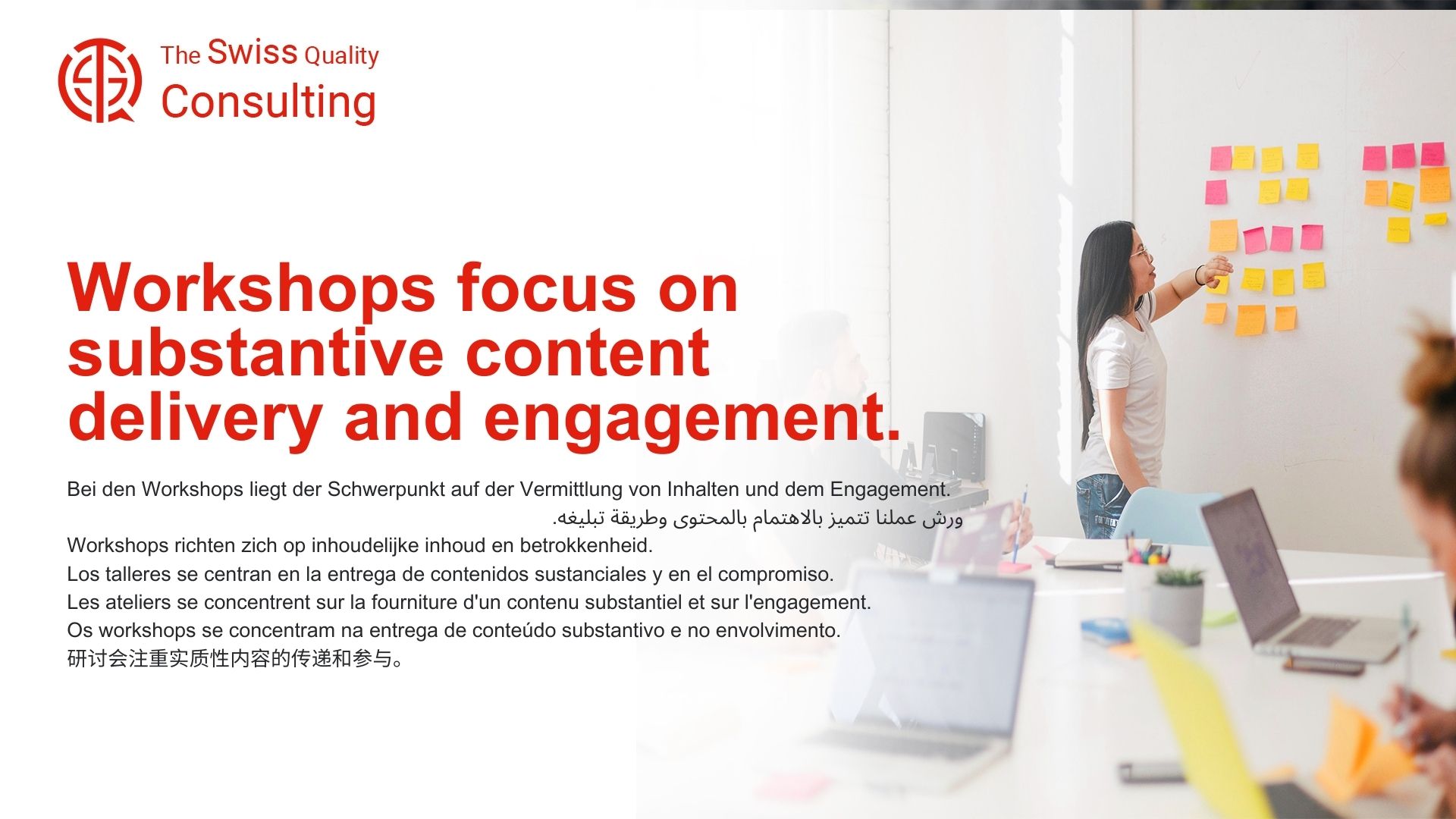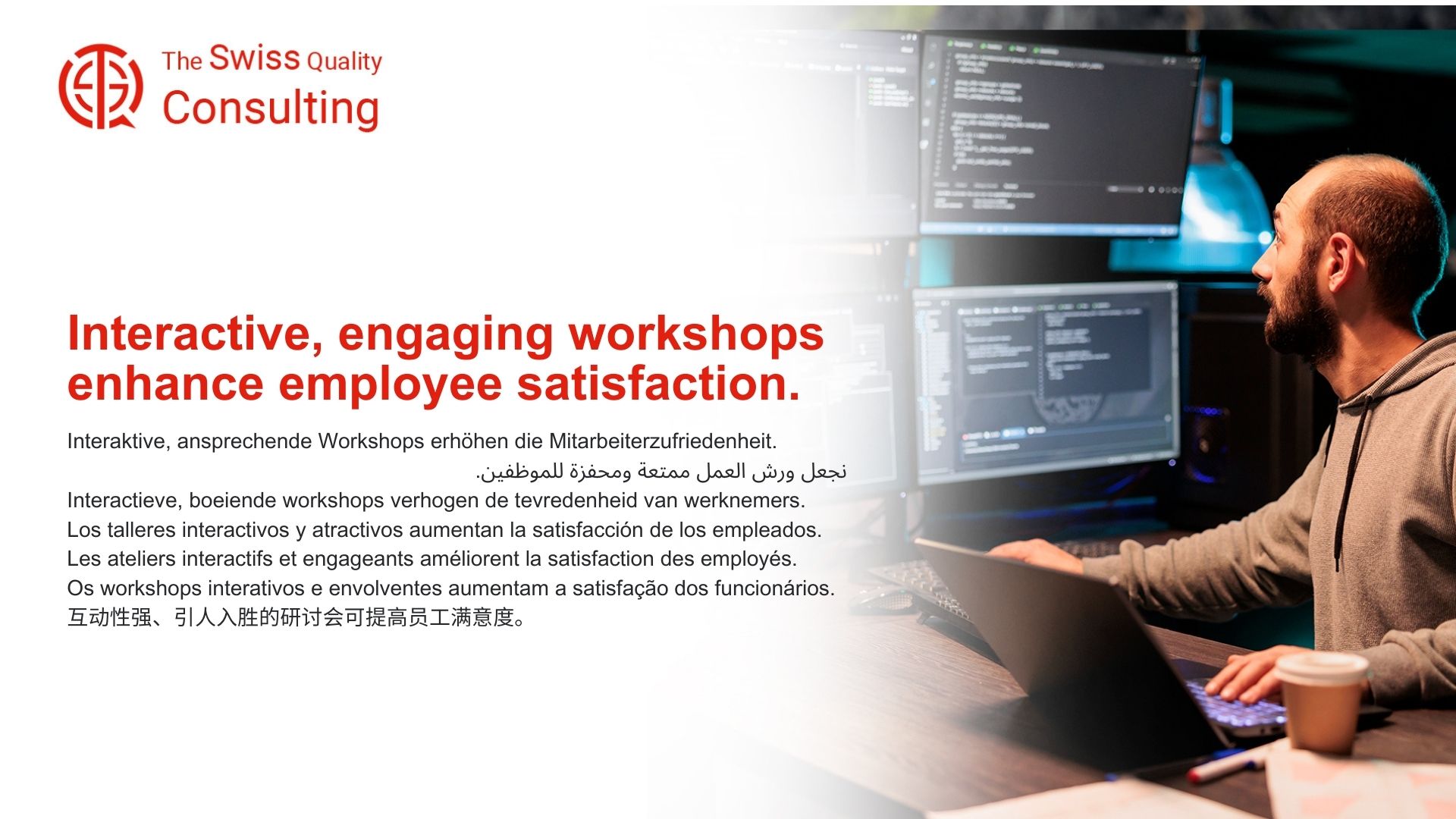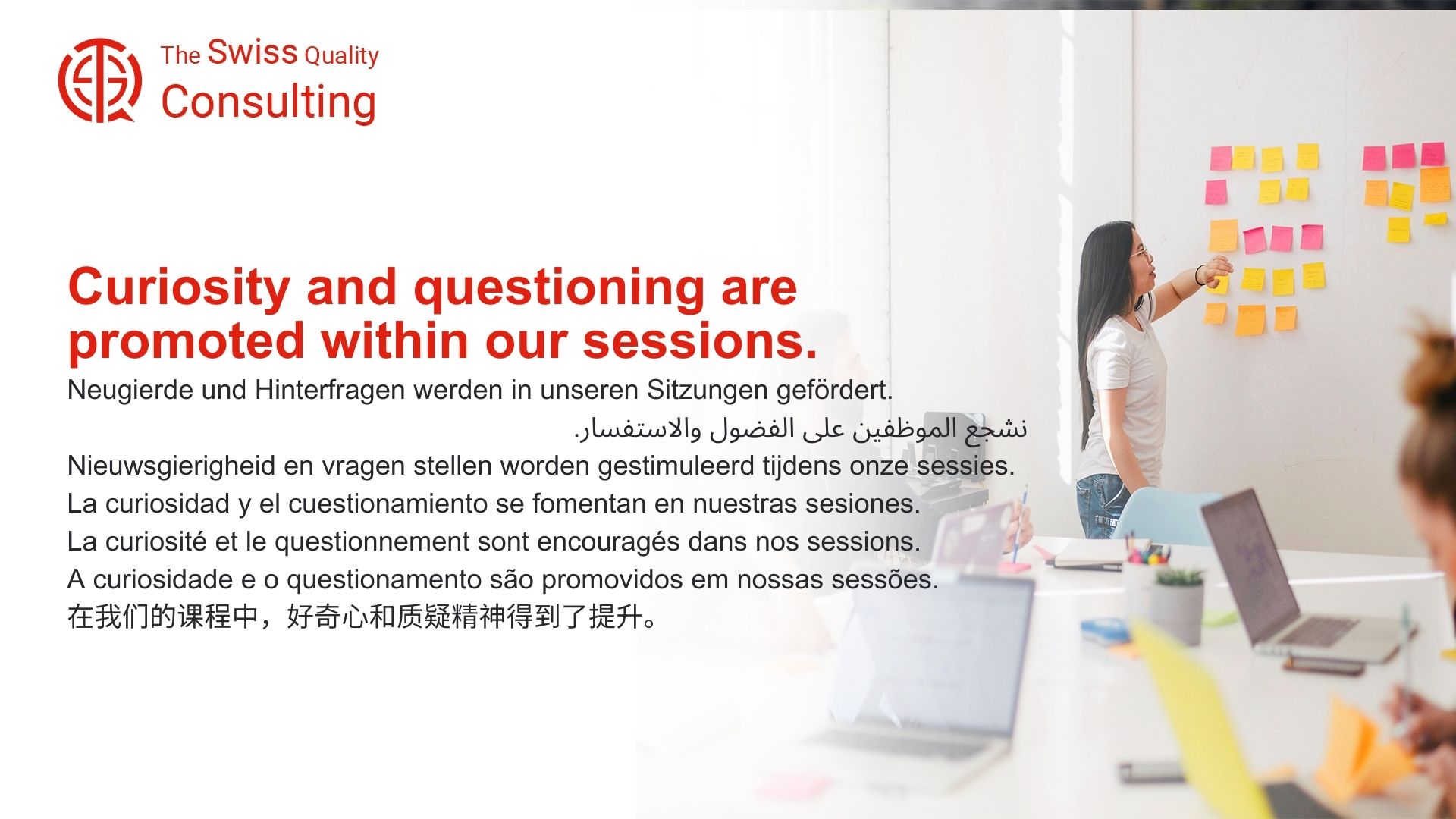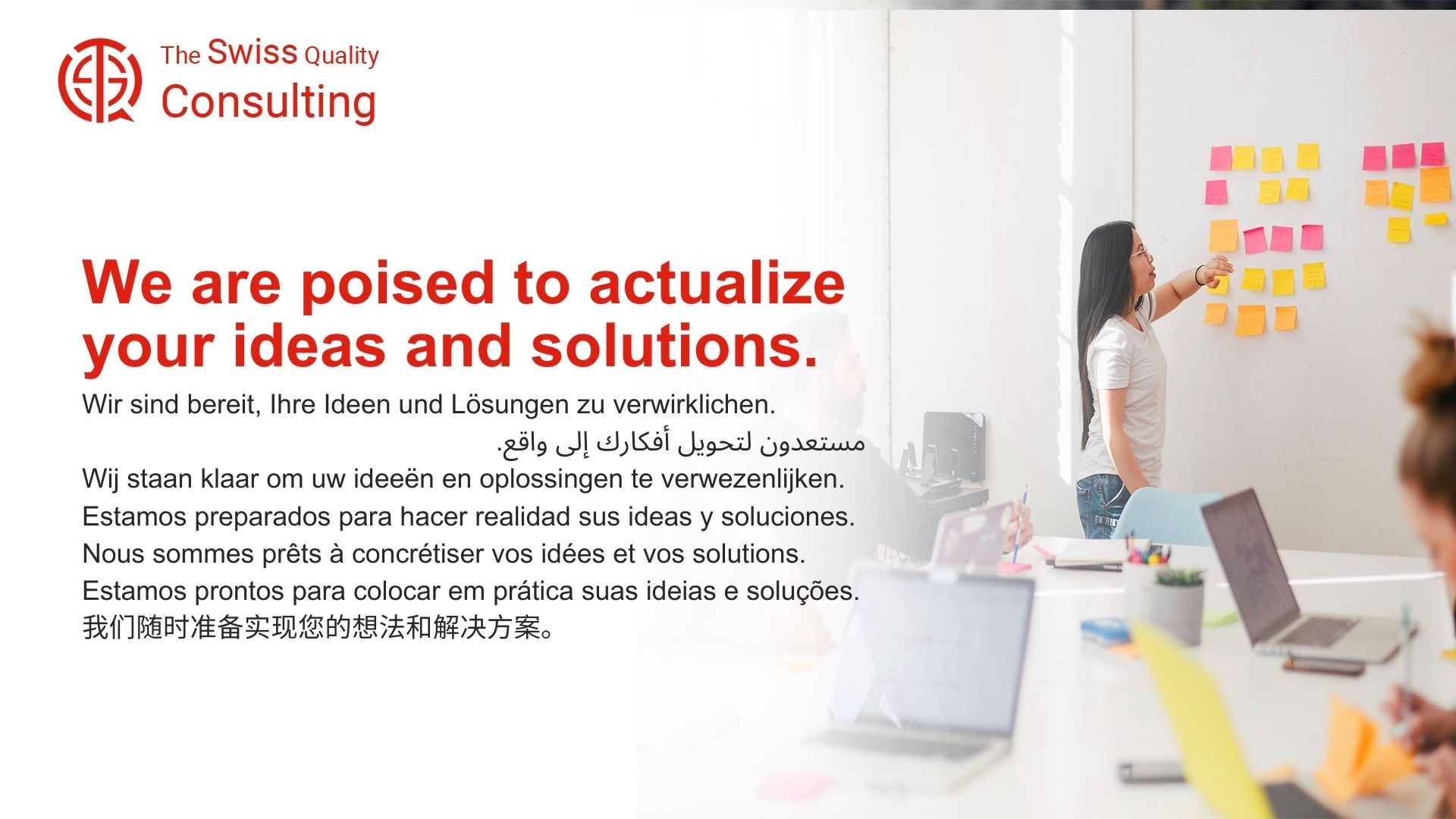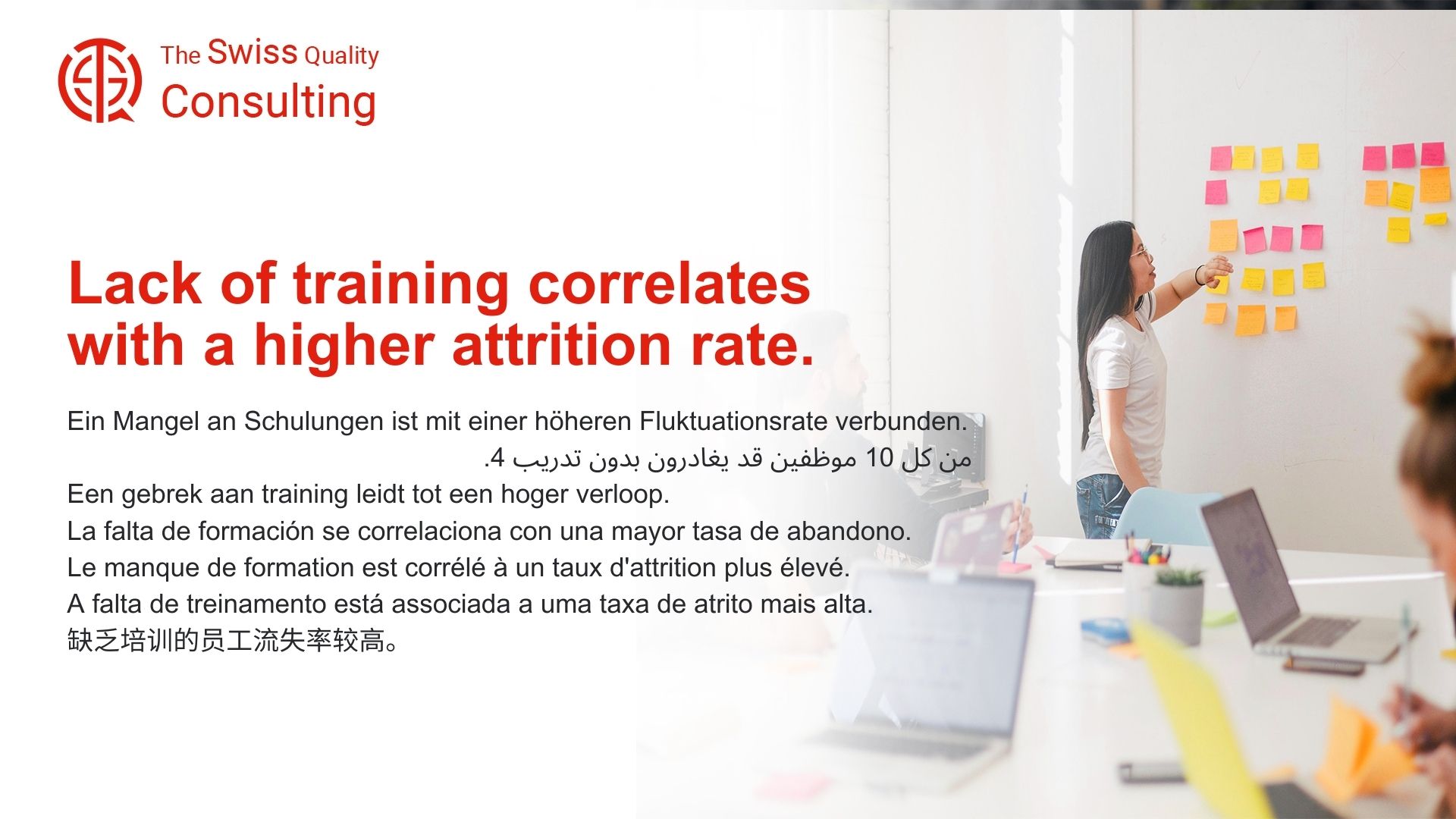Integrating Circular Economy Principles into Business Strategy
In today’s business world, the adoption of the circular economy is becoming increasingly imperative, marking a significant shift from traditional linear models of “take, make, dispose” to more sustainable practices. To effectively embrace the circular economy, with product lifecycle insights to enhance the sustainability and efficiency of their operations.
Embracing the circular economy with product lifecycle insights is not just an environmental statement; it is a strategic approach that enables businesses to innovate, create value, and succeed in a resource-constrained world. This article aims to inform and persuade business executives, mid-level managers, and entrepreneurs of the importance of incorporating these insights into their business strategies for enhanced success and sustainability.
Understanding the Circular Economy
The circular economy is a regenerative system in which resource input and waste, emission, and energy leakage are minimized by slowing, closing, and narrowing energy and material loops. This can be achieved through long-lasting design, maintenance, repair, reuse, remanufacturing, refurbishing, and recycling. The goal is to create a system that is restorative by intention and design.
The Importance of Change Management
For businesses looking to integrate circular economy principles, robust change management is essential. This requires a deep understanding of the current linear practices and a well-structured plan to transition to circular processes. Change management in this context involves the entire organization, from leadership to the operational level, and calls for a shift in mindset, culture, and business practices.
Executive Coaching for Circular Leadership
Leaders play a crucial role in driving the shift towards a circular economy. Executive coaching services can equip leaders with the necessary mindset and skills to embrace the circular economy with product lifecycle insights, championing sustainability initiatives. By focusing on systems thinking, resource efficiency, and innovation, leaders can steer their companies towards a more circular and sustainable future.
Effective Communication for Circular Initiatives
Effective communication is paramount when it comes to implementing a circular economy model. Stakeholders at all levels need to understand the benefits and the practicalities of the shift. Clear, consistent, and engaging communication can help to align all parts of the business with the new sustainable vision.
Leveraging Generative Artificial Intelligence
Generative Artificial Intelligence (AI) is proving to be a valuable tool in the realm of the circular economy. It can provide deep insights into product lifecycle management and help in designing products that are easier to recycle or remanufacture. Moreover, AI can optimize resource use and reduce waste through predictive analytics and smart automation.
Developing Leadership and Management Skills for Sustainability
Leadership and management skills in the era of the circular economy include the ability to innovate within circular parameters, manage resources more effectively, and think long-term about products and their impacts. Ongoing training and professional development are crucial in equipping leaders with these skills.
Staying Updated with Business News and Trends
To effectively embrace the circular economy, staying informed about the latest business news, trends, and sustainability updates is vital. This knowledge allows businesses to anticipate changes in the market and regulatory environment, and adapt their strategies accordingly.
Project Management for Circular Processes
Project management methodologies need to be adapted to incorporate circular economy objectives. Projects should be designed with the end-of-life of products in mind, ensuring that resources can be recovered, recycled, and reused, thus maintaining their value within the economic system for as long as possible.
Conclusion: The Path Forward with the Circular Economy
The transition to a circular economy is not only an environmental necessity but also a business imperative. By harnessing product lifecycle insights, companies can create more sustainable, efficient, and competitive business models. The journey requires comprehensive change management, specialized executive coaching, effective communication, and the strategic application of technologies like Generative AI. Ultimately, it offers a path to resilient business success in a world where sustainability has become central to the corporate agenda.
#CircularEconomy #SustainableBusiness #ProductLifecycle #ResourceEfficiency #CircularDesign #WasteReduction #SustainableLeadership


